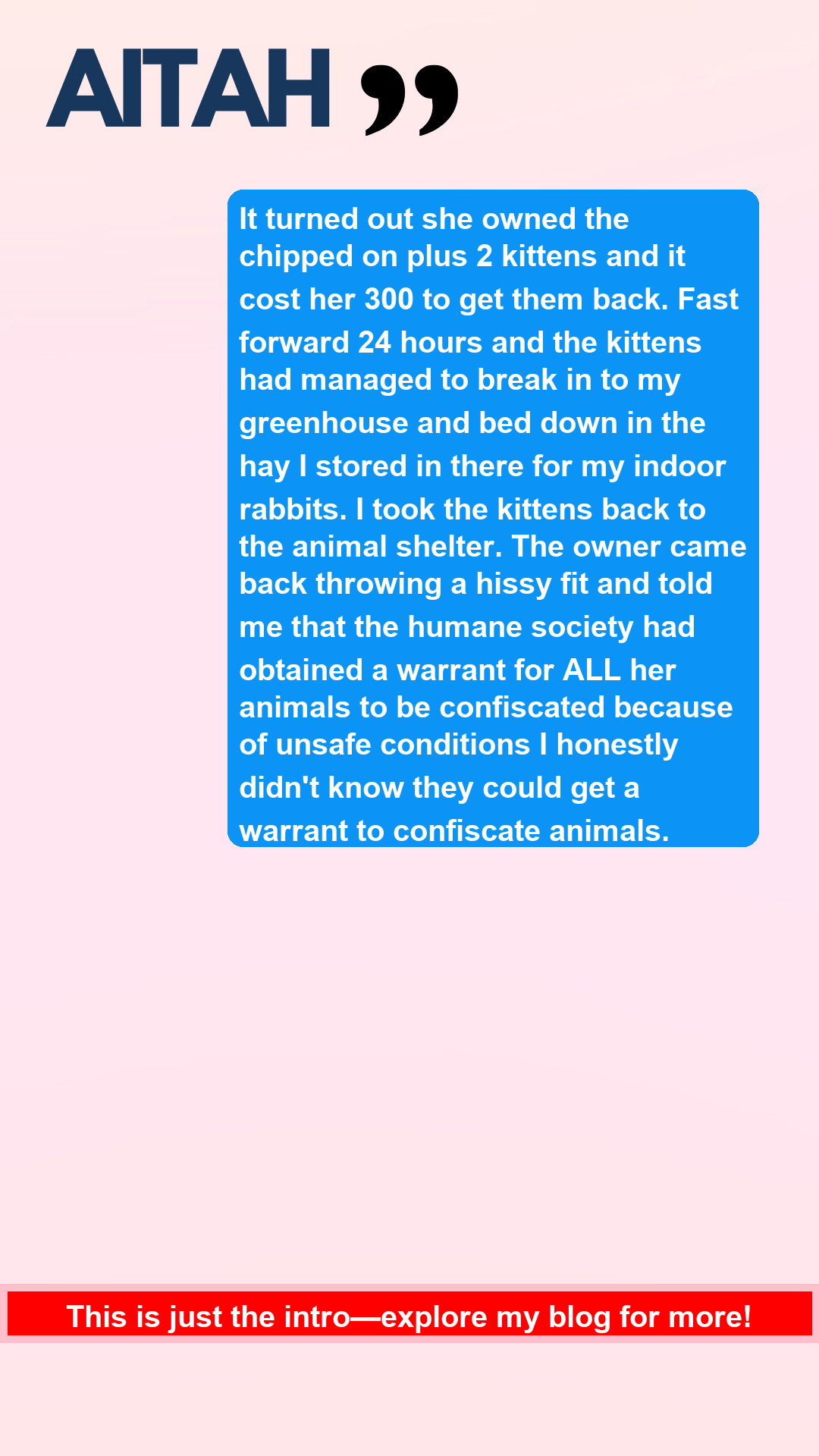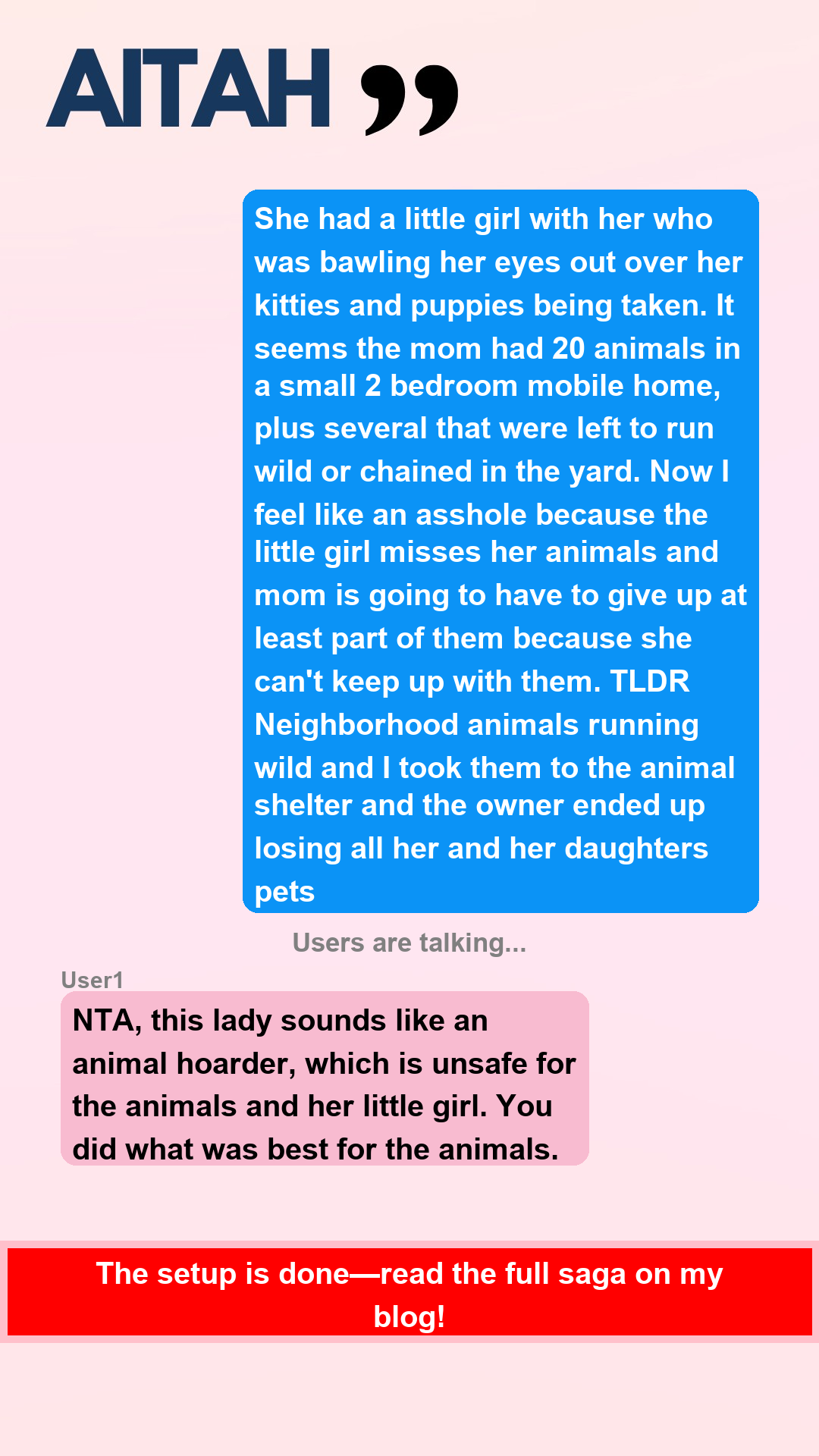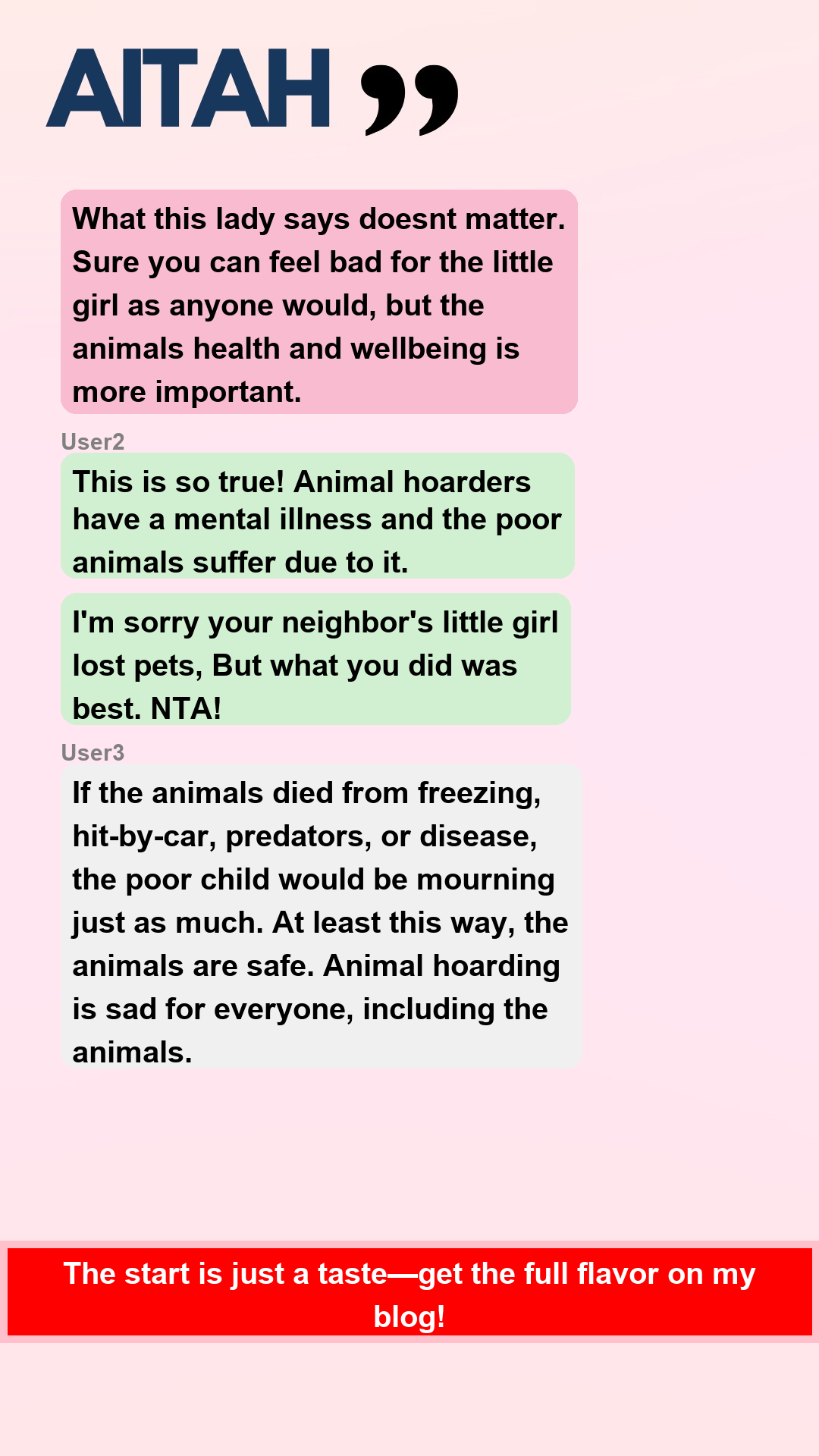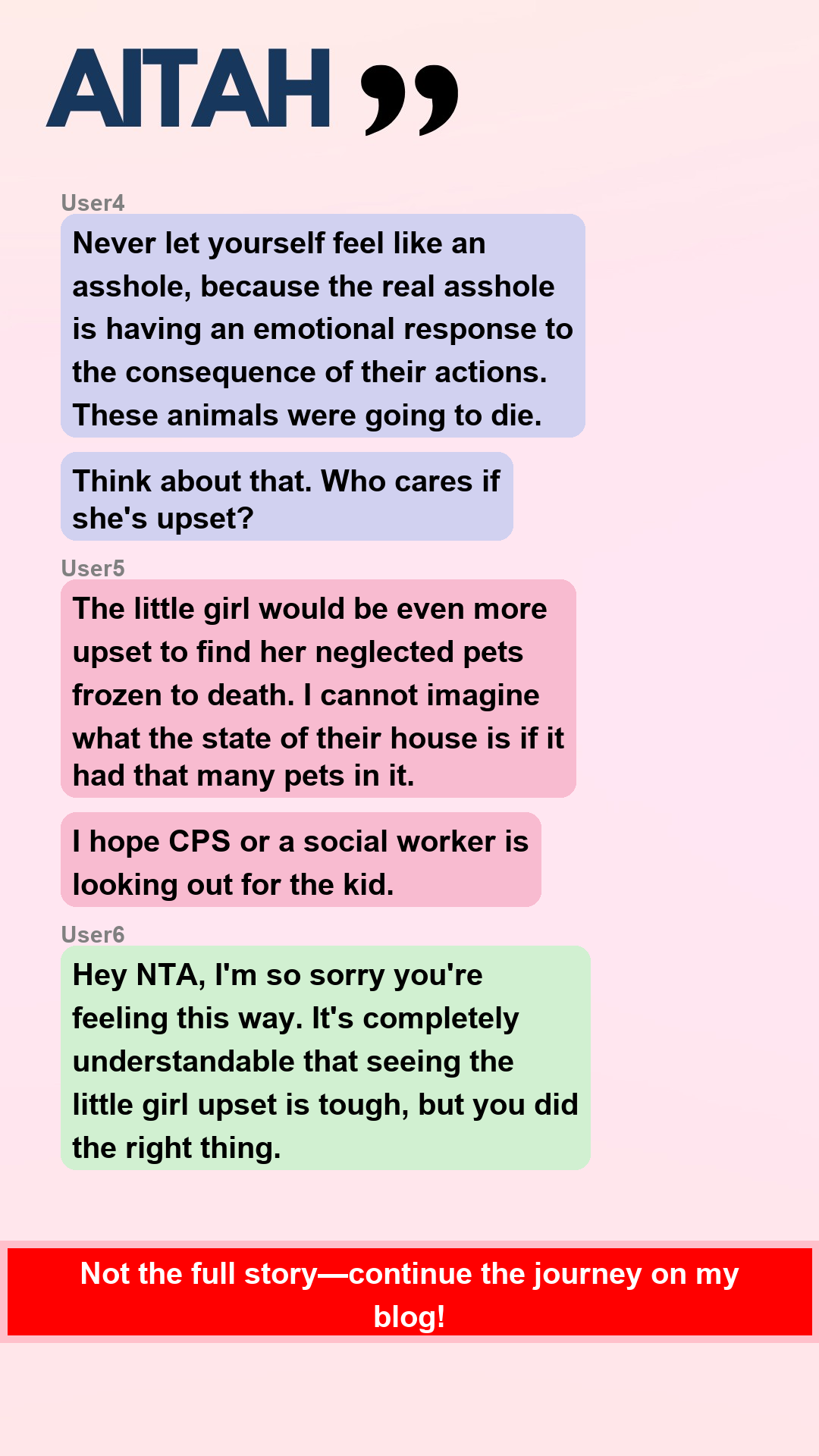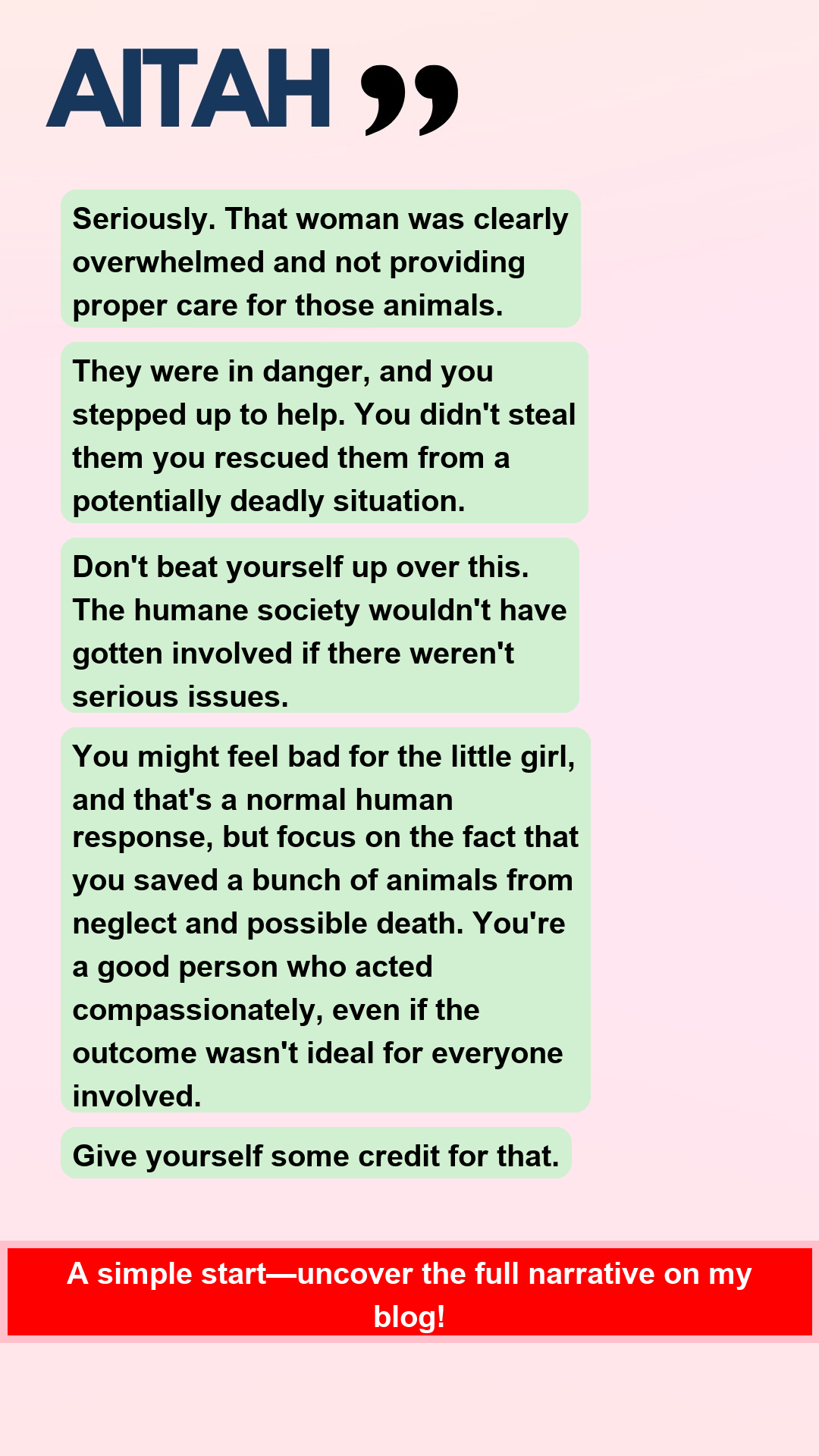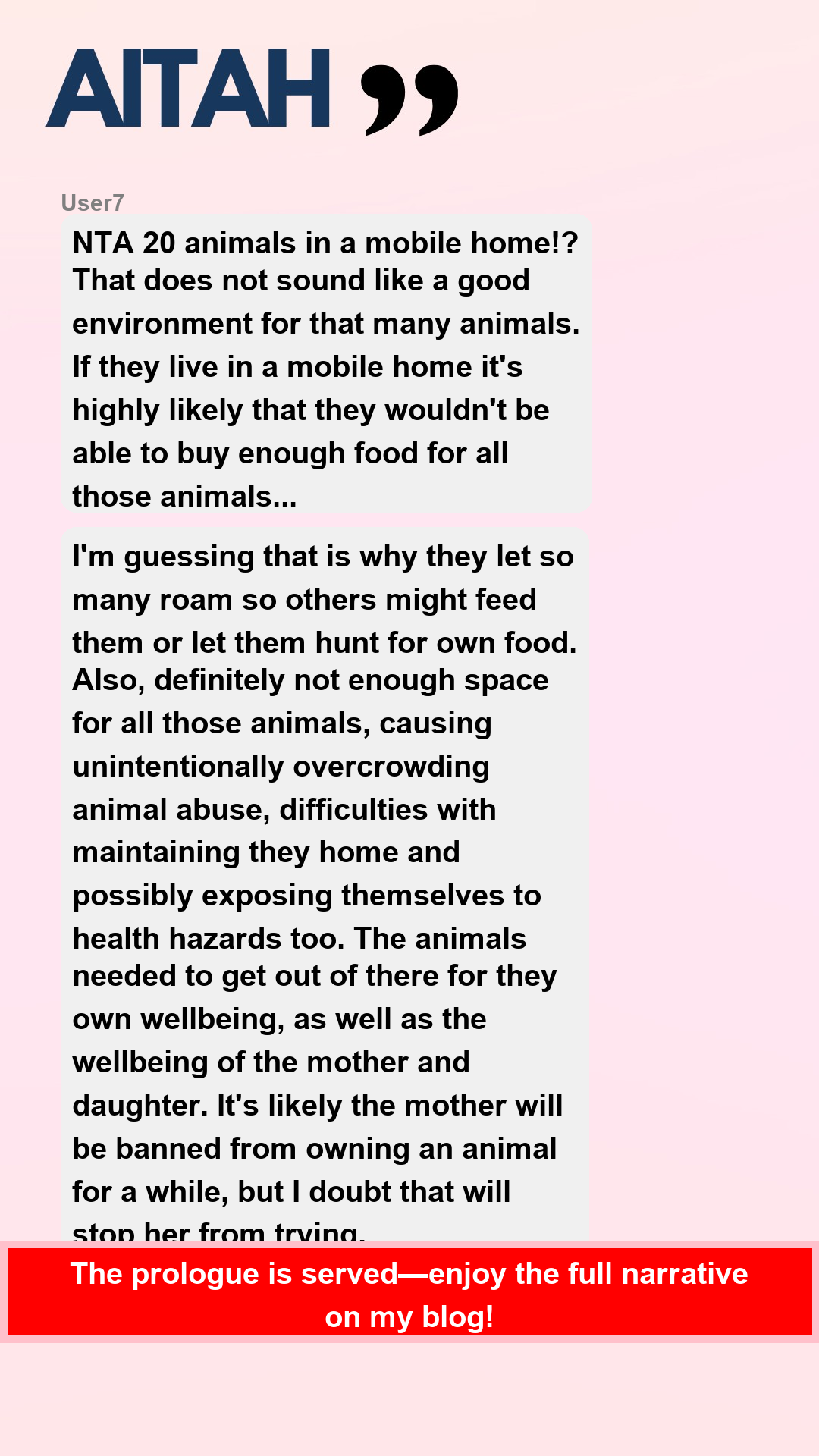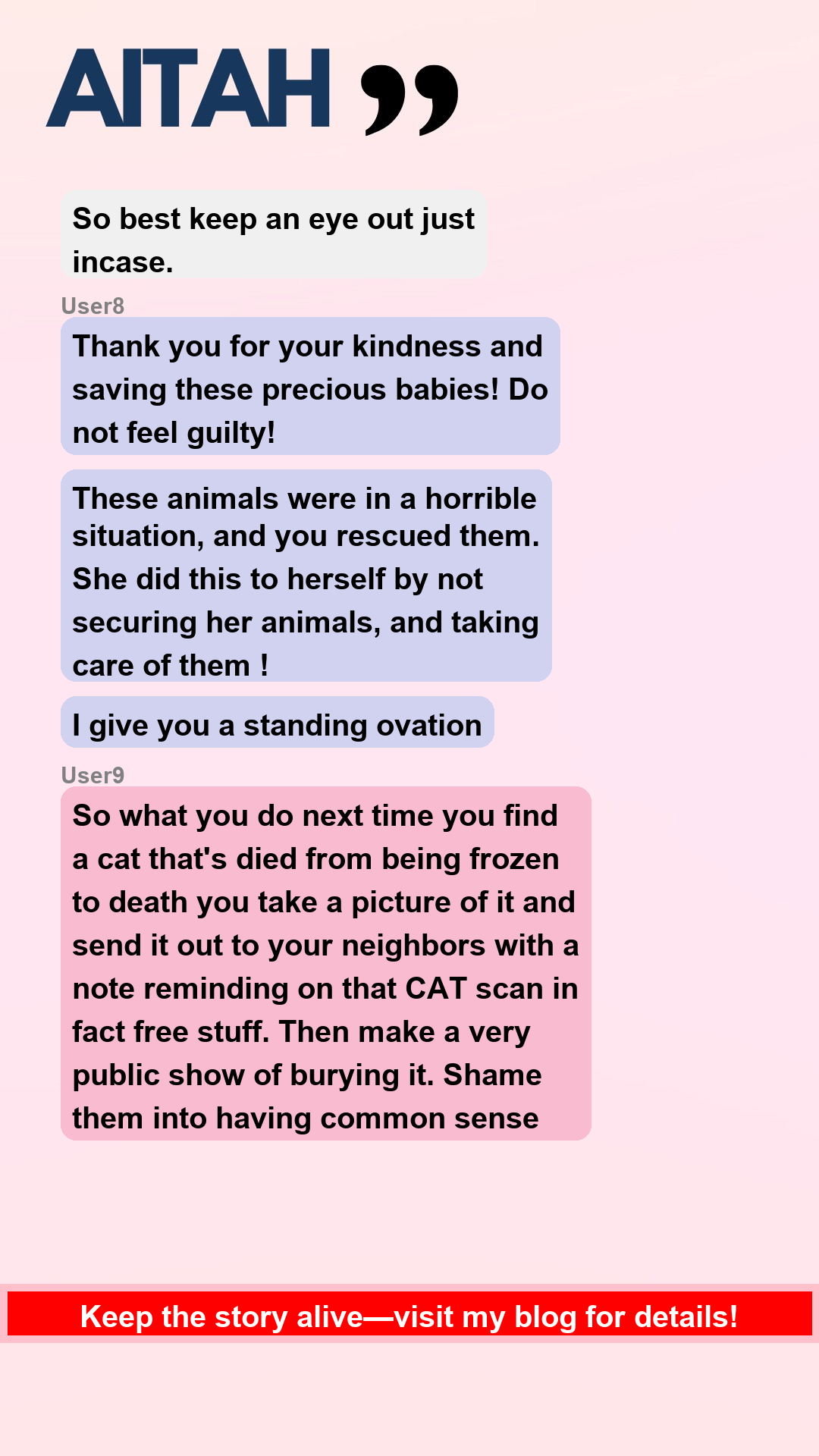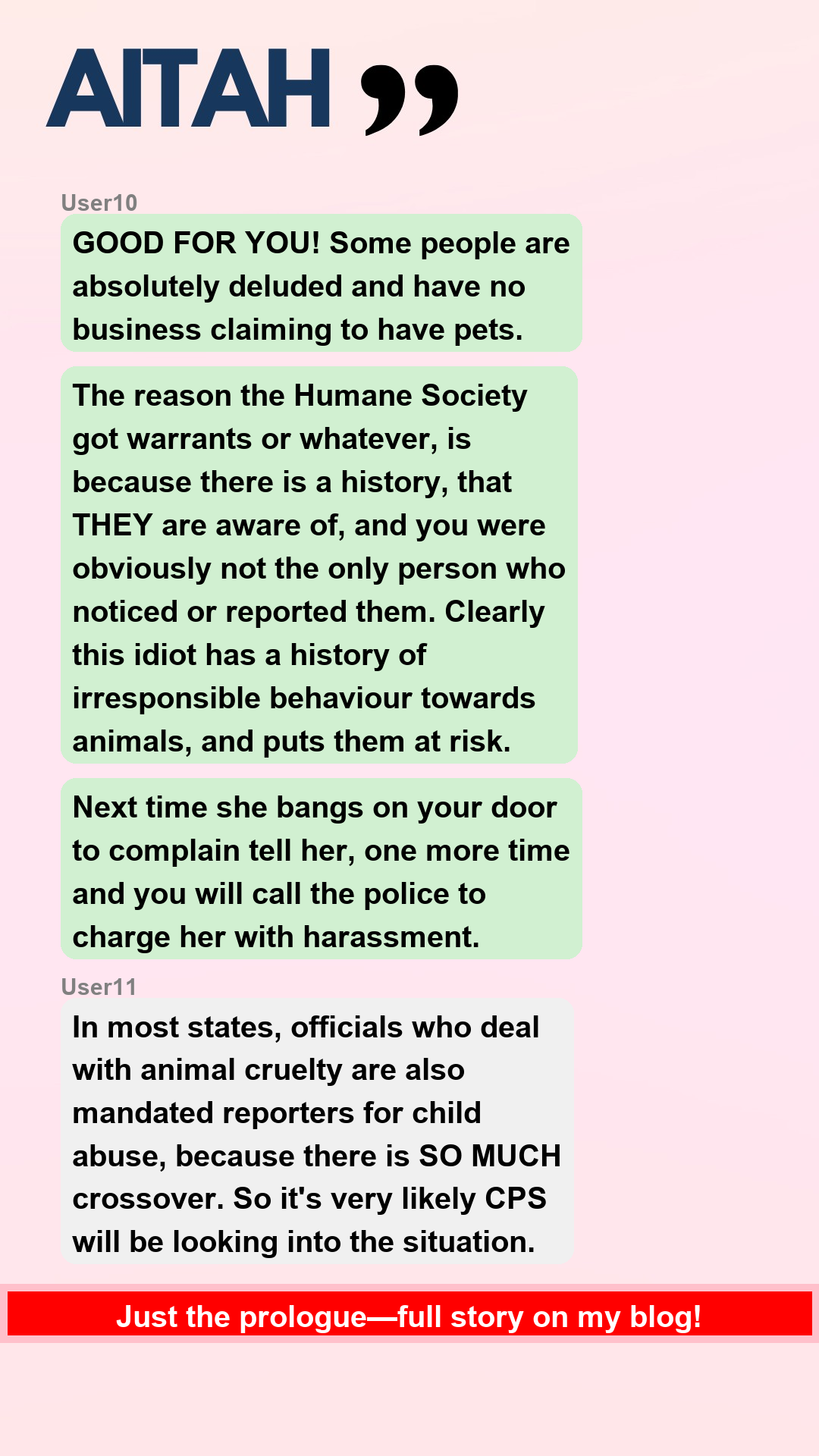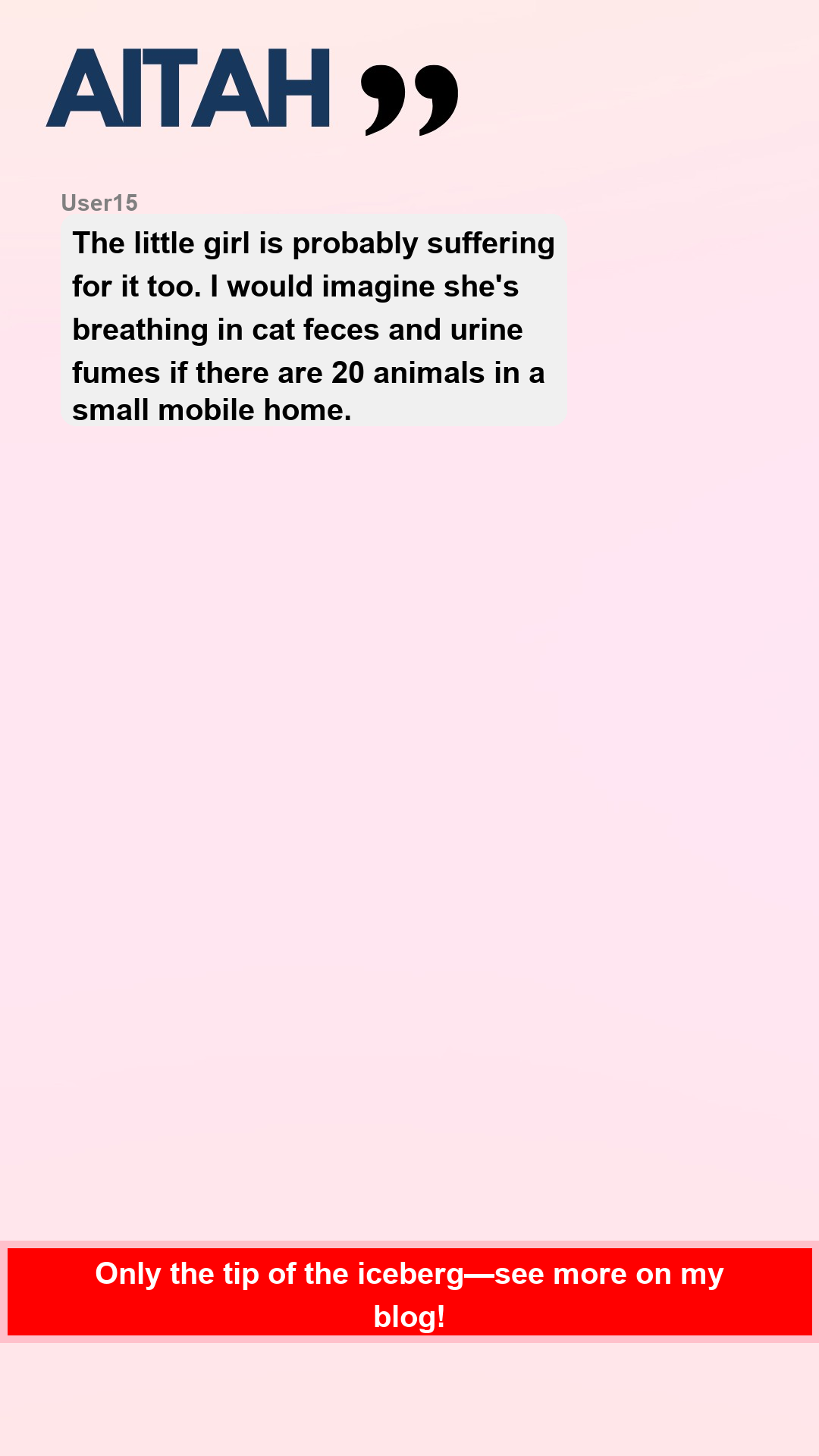I took the neighbors cats to the humane society
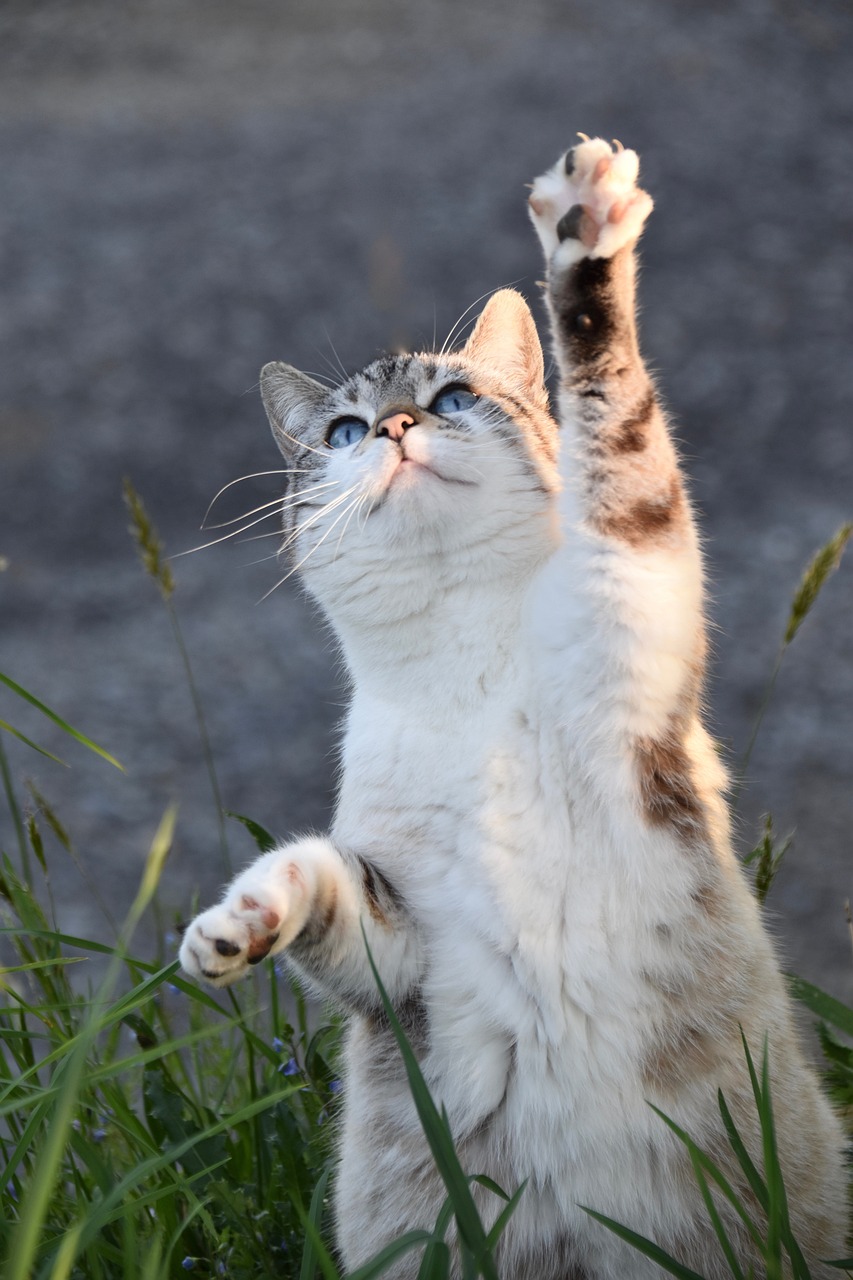 Image credit: Pixabay (This is example image – Not the actual photo)
Image credit: Pixabay (This is example image – Not the actual photo)
When Good Intentions Lead to Heartbreak
In a desperate attempt to save neighborhood cats from freezing during a harsh winter, one compassionate resident finds herself at the center of a heated controversy. After rescuing several felines and returning a microchipped cat to its owner, she faces unexpected backlash when the owner threatens legal action. As the situation escalates, the resident learns that the humane society has intervened, leading to the confiscation of multiple animals from a home in distress. This story raises poignant questions about responsibility, compassion, and the unintended consequences of trying to help, making it a relatable dilemma for many pet lovers.
Neighborhood Cat Rescue Leads to Family Drama
In a recent neighborhood incident, a well-meaning resident found herself at the center of a family drama involving stray cats and a distressed pet owner. The situation escalated quickly, leading to conflict resolution efforts that had unintended consequences.
- Background: Over the past decade, the resident has discovered numerous frozen cats during cold snaps, which has deeply affected her. This year, she noticed around 20 cats roaming the neighborhood.
- Community Outreach: Concerned for the cats’ safety, she sent a friendly note in the neighborhood group chat and also mailed physical reminders to ensure that pet owners kept their cats indoors during extreme cold.
- Mixed Reactions: While some neighbors dismissed her concerns, claiming that cats are meant to roam, one resident, who works with the humane society, suggested a more proactive approach: trapping the cats before the freeze.
- Trapping Efforts: Following this advice, the resident successfully trapped eight cats in her yard within 12 hours, including a few young kittens.
- Microchipped Cat Incident: One of the trapped cats was microchipped, leading the humane society to contact its owner. Instead of retrieving her pet, the owner confronted the resident, threatening legal action for allegedly stealing her cats.
- Unexpected Consequences: After the confrontation, the kittens managed to break into the resident’s greenhouse, prompting her to return them to the animal shelter. This action led to further complications.
- Humane Society Intervention: The owner returned to the shelter, visibly upset, and learned that the humane society had obtained a warrant to confiscate all her animals due to unsafe living conditions. The situation revealed that she had 20 pets in a small mobile home, with some left to roam or chained outside.
- Emotional Fallout: The owner’s young daughter was devastated by the loss of her pets, adding an emotional layer to the already tense situation.
Now, the resident grapples with feelings of guilt, questioning whether her actions were justified. While her intentions were to protect the animals, the outcome has led to significant family drama and conflict resolution challenges for the pet owner and her daughter.
This incident highlights the complexities of animal welfare and the unintended consequences that can arise from well-meaning actions in a community setting.
This is Original story from Reddit
 Image credit: Pixabay (This is example image – Not the actual photo)
Image credit: Pixabay (This is example image – Not the actual photo)
Story
Over the last 10 years, I’ve found several frozen cats after cold snaps. They get up under cars or next to the houses and end up freezing to death. It breaks my heart every time.
This year, I’ve seen around 20 cats running in the neighborhood, so I sent a friendly note to everyone in the neighborhood group chat, plus physical mail, asking people to make sure their cats don’t freeze when the temperature is going to stay well below freezing for several days.
I had several people inform me that cats can’t freeze to death and that they’re meant to roam, not be cooped up.
One lady, however, sent me a message that she works with the humane society and suggested we trap the cats before the big freeze. In my yard alone, I managed to catch 8 cats in 12 hours, from big cats to a couple of smaller ones around 4 months old.
One of the cats was microchipped, and the humane society called the owner. Rather than going and getting her cat, the owner came to my house and threatened to have me arrested for stealing her cats.
It turned out she owned the chipped one plus 2 kittens, and it cost her $300 to get them back. Fast forward 24 hours, and the kittens had managed to break into my greenhouse and bed down in the hay I stored in there for my indoor rabbits.
I took the kittens back to the animal shelter. The owner came back throwing a hissy fit and told me that the humane society had obtained a warrant for all her animals to be confiscated because of unsafe conditions.
I honestly didn’t know they could get a warrant to confiscate animals. She had a little girl with her who was bawling her eyes out over her kitties and puppies being taken. It seems the mom had 20 animals in a small 2-bedroom mobile home, plus several that were left to run wild or chained in the yard.
Now I feel like an asshole because the little girl misses her animals, and mom is going to have to give up at least part of them because she can’t keep up with them.
TLDR
Neighborhood animals running wild, and I took them to the animal shelter, and the owner ended up losing all her and her daughter’s pets.
View the Original Reddit Post Here
Summary of Reddit Comments
The top Reddit comments indicate a strong consensus that the original poster (OP) is not the asshole (NTA) for intervening in a situation involving animal neglect. Many users emphasize that the well-being of the animals was the priority, highlighting that the neighbor’s inability to care for them posed a danger not only to the animals but also to her daughter. Overall, commenters express sympathy for the little girl but agree that the OP’s actions were necessary to prevent further suffering.
Verdict: NTA
Expert Advice for Resolving the Conflict
In situations like this, where animal welfare intersects with family dynamics, it’s crucial to approach the conflict with empathy and understanding. Here are some practical steps to help both the resident and the pet owner navigate this challenging situation:
- Open Communication: Encourage both parties to have a calm and respectful conversation. The resident should reach out to the pet owner to express her intentions and concerns, emphasizing that her actions were motivated by a desire to protect the animals.
- Seek Mediation: If direct communication proves difficult, consider involving a neutral third party, such as a community mediator or a representative from the humane society, to facilitate a discussion. This can help both sides feel heard and understood.
- Educate on Animal Welfare: The resident can offer to share resources about responsible pet ownership and the importance of keeping pets safe during extreme weather. This can help the pet owner understand the broader implications of her situation.
- Support for the Pet Owner: The resident could assist the pet owner in finding local resources for pet care, such as low-cost veterinary services, pet food banks, or animal welfare organizations that can provide support for her remaining pets.
- Address Emotional Impact: Recognize the emotional toll this situation has taken on the pet owner’s daughter. Both parties should consider seeking support from a counselor or therapist to help process the feelings of loss and guilt that may arise from this incident.
- Community Involvement: The resident can work with the neighborhood to establish a community plan for stray and feral cats, which may include regular outreach, education, and support for pet owners to prevent similar situations in the future.
- Follow-Up: After initial discussions and actions, it’s important for both parties to check in with each other periodically. This can help rebuild trust and ensure that the well-being of the animals remains a shared priority.
By taking these steps, both the resident and the pet owner can work towards a resolution that respects the needs of the animals while also addressing the emotional and practical challenges faced by the family. Compassionate dialogue and community support are key to healing and preventing future conflicts.
Join the Discussion
 Image credit: Pixabay (This is example image – Not the actual photo)
Image credit: Pixabay (This is example image – Not the actual photo)
What do you think? Would you have handled this differently?
Share your thoughts below! Vote: Do you agree with Reddit’s verdict?



